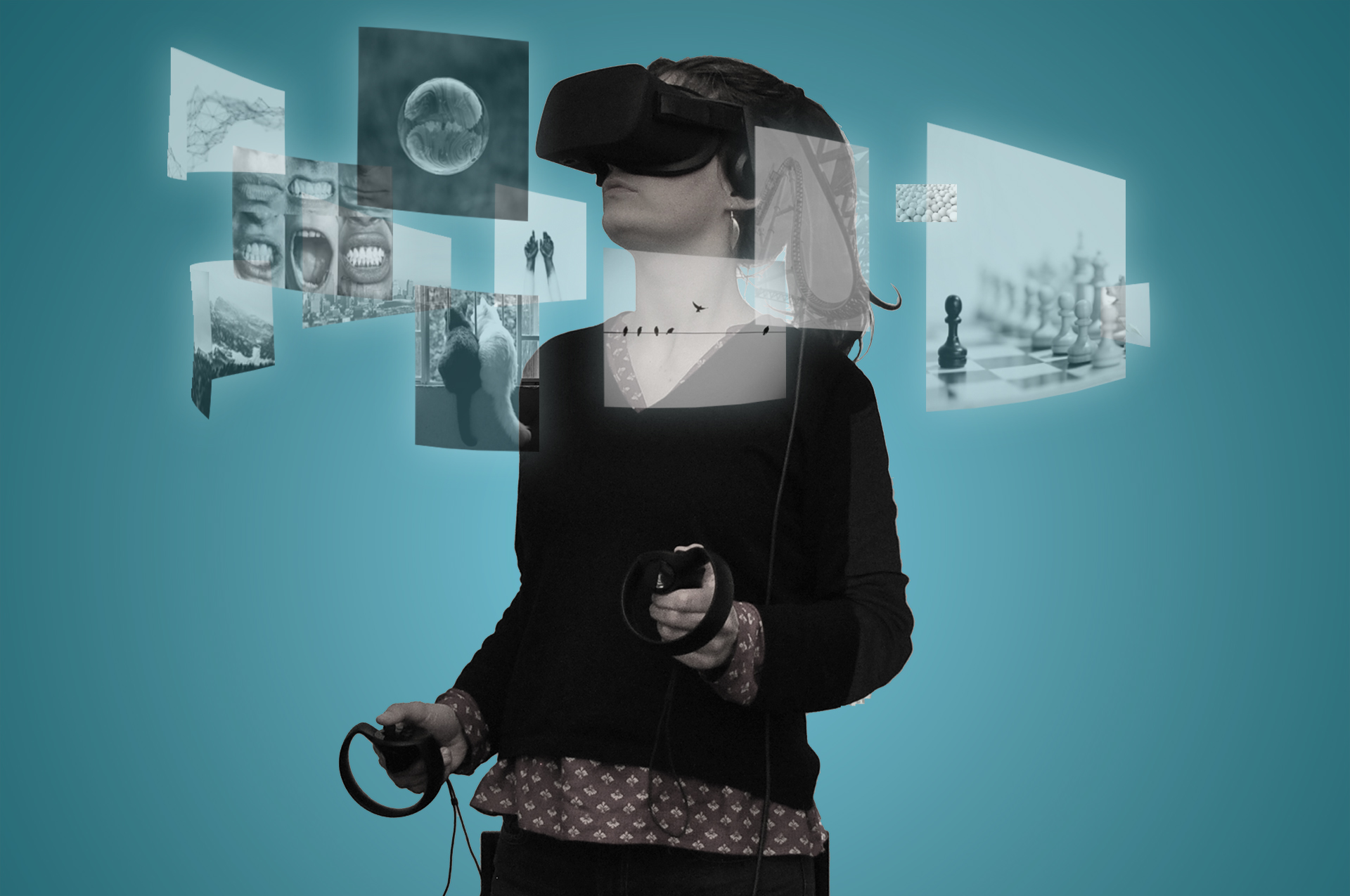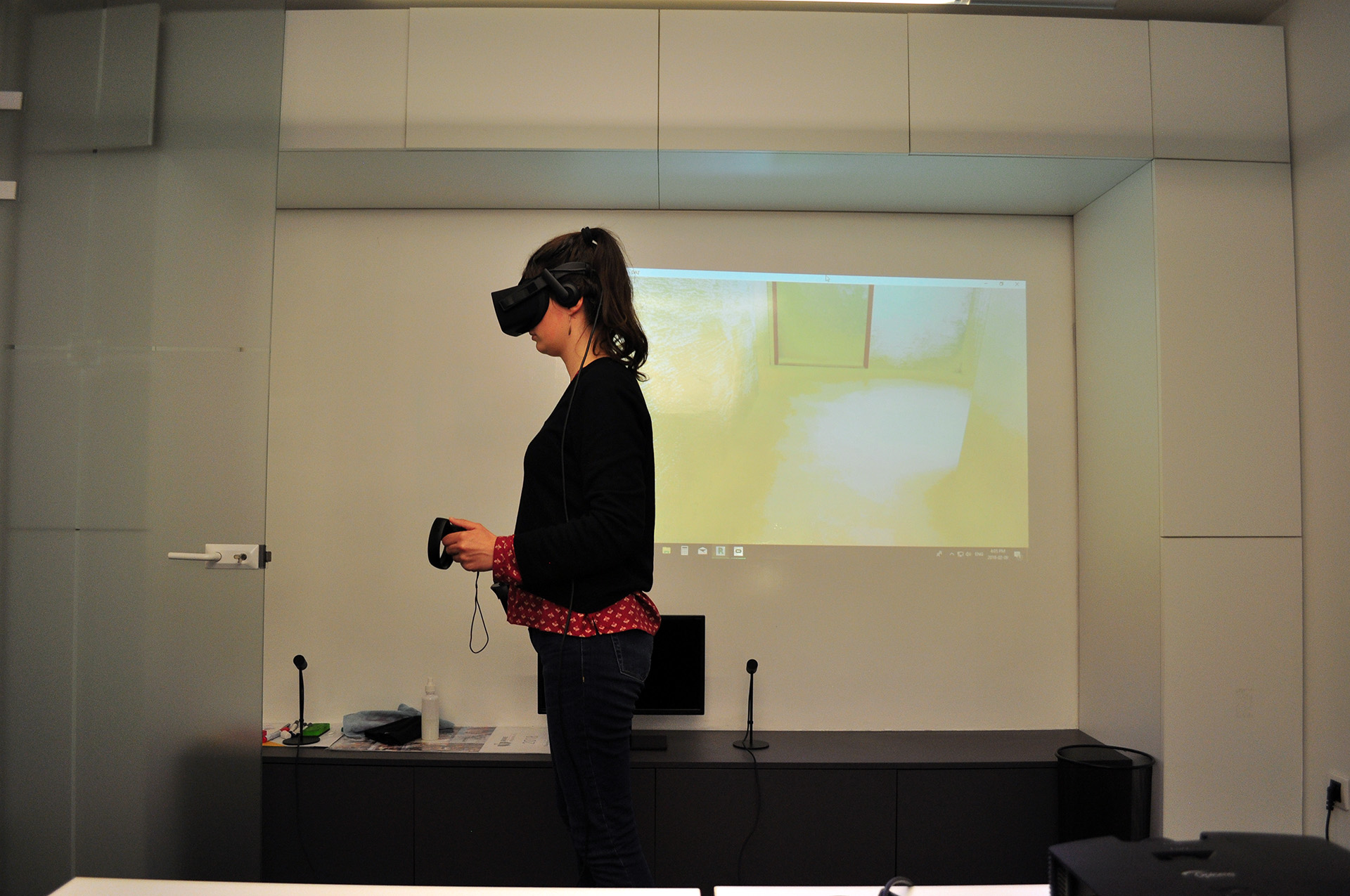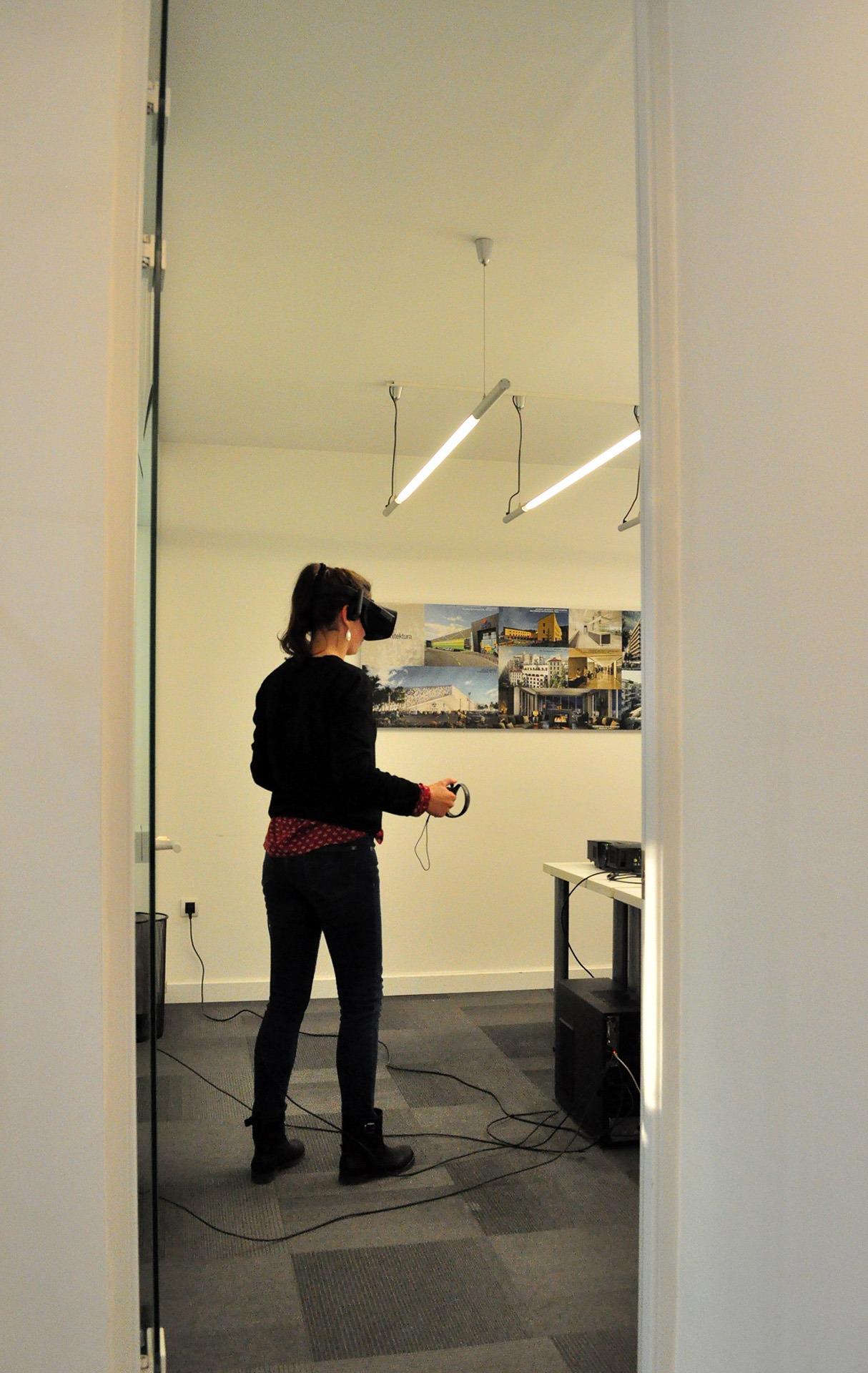It is sometimes said that those who are not reaching for the frontier to reshape the present are already dwelling in the past. dA adheres firmly to this doctrine in devising its own future practices. In architecture, the next big step is identified in the Virtual Reality technology. Following on the leaps brought on by transitions from drawing by hand to Computer Aided Designs, and from there to Building Information Modelling, Virtual Reality is expected to revolutionize the way we present, receive and evaluate a concept. It is based on computer generated imagery that is, in one of its variations, transferred via headset to simulate an environment surrounding the user. In this way, the technology becomes the ultimate means of communicating the design – enabling the recipient, a client or a fellow engineer, to be placed in its center and grasp and actually feel the model, its proportions and relations between objects, on the level never attained before, level of such entirety that it rightfully earns the name of immersion. As is the case with all other IT advancements, although already in use, the VR technology is still rapidly developing, expecting to peak once the full integration with design software enables the engineers to modify their solutions, lighting, textures and disposition of objects in real time in so much as to put the team synchronization in a whole new context, and increase efficiency up to recently inestimable heights. Furthermore, besides overcoming the constraints of the physical environment, it also enables the removal of imagination from the only step in design process where it is in fact not a welcome asset – the stage of evaluation.
One could argue that, in a paradoxical move of deceiving the senses in order for the mind to gain a greater clarity of perception, the design is finally made to speak in a universal language of vision.
http://dizajnarhitektura.rs/inovations/360







